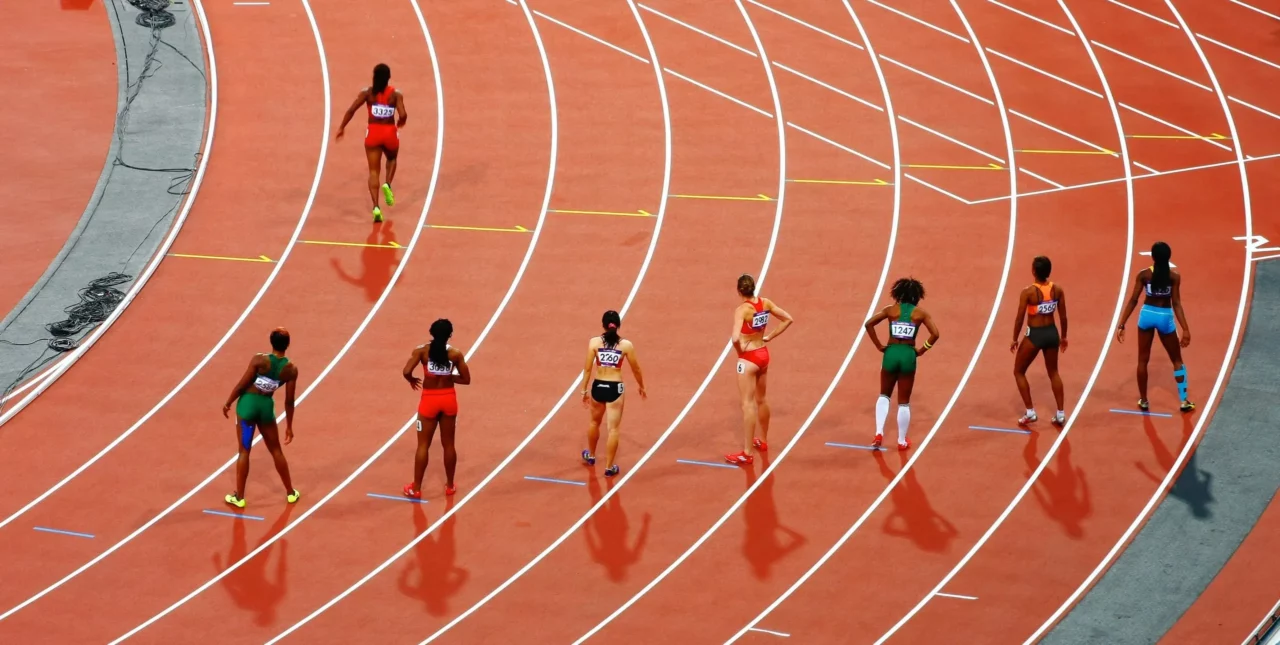I feel we’ve made a lot of headway in recent years in encouraging women’s involvement in sport. We still have a long way to go, however. Women’s participation in sports can be impacted due to a number of reasons; time and family pressures, facilities, funding, inspiration, as well as stereotypes and prejudice. The result is that we’re putting out fewer female role models to motivate the next generation of girls, and so the cycle continues.
Although varying to a degree by country, we are still hugely underfunded in terms of women’s sports overall. In 2011, a measly 0.5% of commercial investment went towards to women’s sports, while women’s sports in the UK could generate £1bn per year by 2030. Women make up 40% of sports participants but receive only 4% of media coverage. Granted, sponsorship deals and audience figures have a bearing on this, but not to this ratio.
A great example of this would be the world of football. The prize for the men’s FA Cup? £1,800,000. The women’s equivalent? £25,000. 1.4% of the value. What’s more, whilst their male counterparts can take home hundreds of thousands a week in wages, many of the women have to hold down ‘regular jobs’ in order to survive.
In running, we’re seeing progress. Prize money, for example, is reaching parity between the sexes in many races. Coverage of women’s participation in races has also noticeably improved. It’s staggering to think that women were only ‘allowed’ to compete in an Olympic marathon for the first time in 1984. Comrades allowed women to compete from 1975, despite them having been trying since way back in 1923. Who can forget the attempts to drag Kathrine Switzer off the iconic Boston Marathon course in 1967? It would be another five years before women were officially allowed to compete here. As a runner, this really resonates with me.
That said, there is more good news. I was fortunate enough to be involved with the 2012 Olympics in London. There we saw women compete in boxing for the first time, the formidable Nicola Adams becoming the first woman to win an Olympic boxing title. The highlight for me however was Sarah Attar, the first female Saudi Arabian competitor, competing in the 800 metres. Many of the audience were openly crying as she received a standing ovation crossing the finishing line – a full 45 seconds behind the winner. Seminal moments, and I hope their legacy lives on.
Another example at grass roots level would be the Nike Women’s Races, which first took place in Africa around 8 years ago. For some women, participating in Morocco and Egypt, it was the first time they had even been out unaccompanied. It was fantastic to see them light up realizing what they could achieve. Many competitors sang the whole way, and couldn’t wait to talk about how much fun they were having and how they wanted to do it all over again. An exceptional experience!
This demonstrates that we are making headway. What’s more, the Olympic Committee and even UNESCO have committed to increasing women’s participation in sports over the next few years and a number of D&I stories took the headlines at the 2021 Tokyo Olympic Games.
So to all the capable women out there, go forth and embrace your sport. Whether you win a race, or roll in an hour after anyone else, you tried. What’s more you’re paving the way for generations to come. As the phrase coined in the Women’s March of 1956 would attest – “you strike a woman, you strike a rock”.



